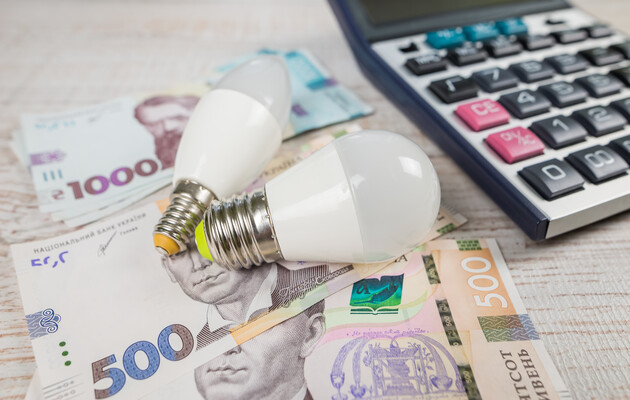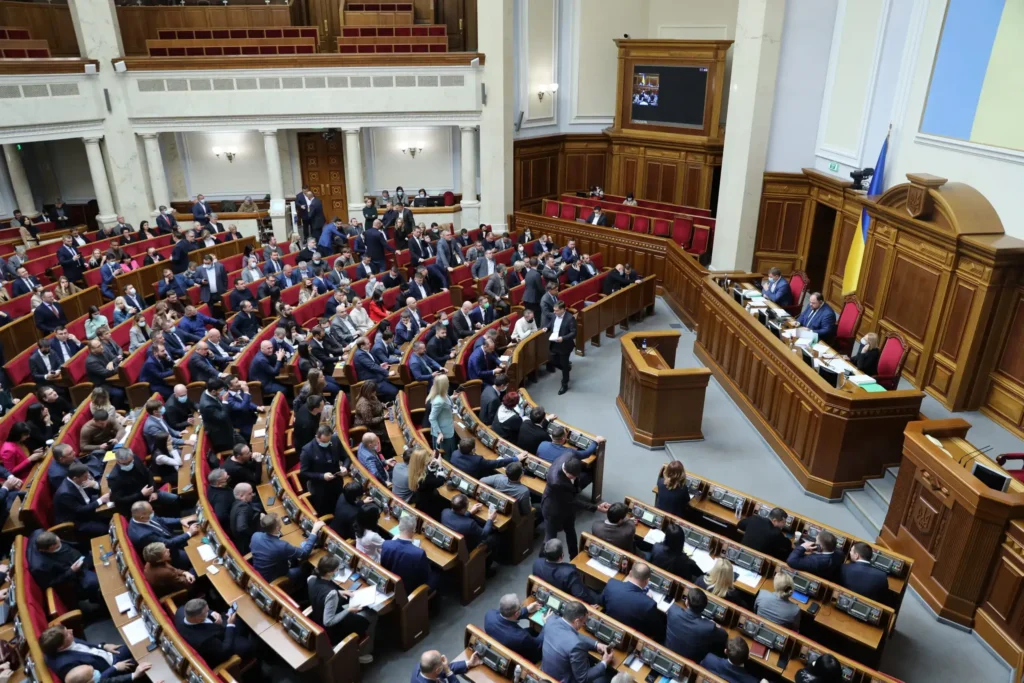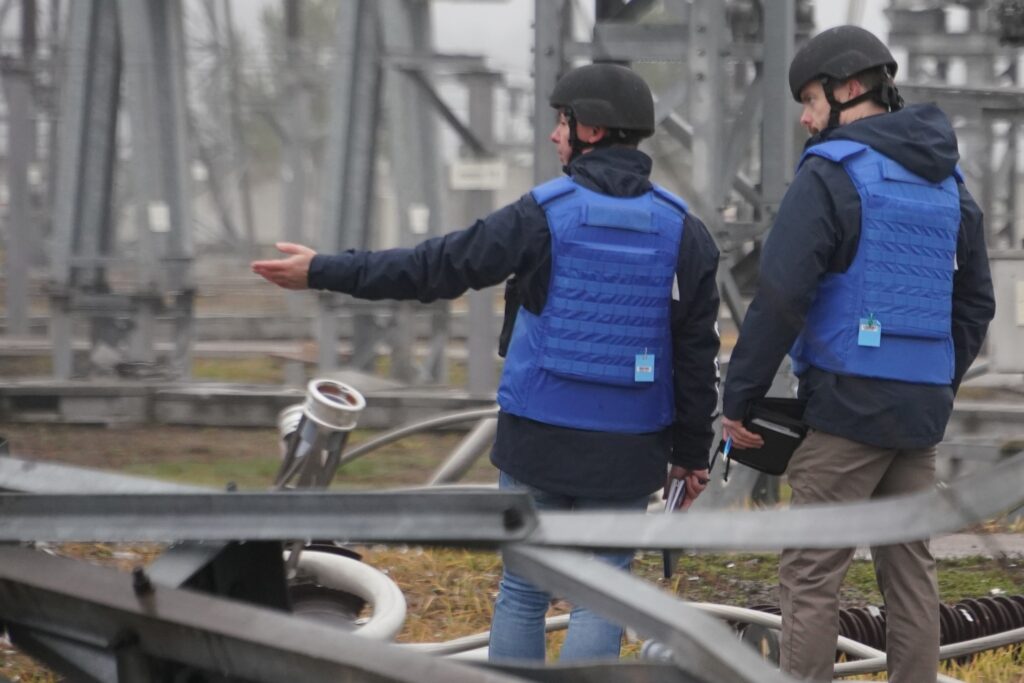“Ukrenergo calculates costs and proposes to raise tariffs: who will feel it most
5 November 16:52
Industrial electricity consumers need to prepare for a new tariff increase. Ukrenergo has prepared another “gift” for them. Komersant found out why the tariffs are rising and who will feel these changes.
The National Energy and Utilities Regulatory Commission (NEURC) has approved the tariff of NPC Ukrenergo for electricity transmission in 2026 at UAH 786.74/MWh (excluding VAT), which is 14.6% higher than the current tariff.
In addition, the NEURC plans to increase the tariff for dispatching by 11.3% to UAH 110.15/MWh.
Why are these tariffs being revised?
This question is answered by Daria Orlova, electricity market analyst at ExPro.
“Tariffs for electricity transmission and dispatching are the tariffs of the transmission system operator Ukrenergo, which are reviewed annually. Similarly, tariffs for local regional power distribution companies are reviewed annually. I think this process will also start soon. In this case, we are talking about reviewing Ukrenergo’s expenses and an approximate forecast of how much it will need for the next year. This can also adjust the situation with debts. If too little is allocated, the debts to renewable energy producers under the feed-in tariff will grow. If the amount is set aside that corresponds to the costs, the debts will not accumulate. In other words, the debt situation in the Ukrainian energy sector depends on how much Ukrenergo’s tariff for the next year will be financed,” explains Daria Orlova.
The largest share in the transmission tariff is the volume of special obligations to ensure an increase in the share of electricity production from alternative energy sources – 358.11 UAH/MWh.
In total, it is planned to spend UAH 33.8 billion on electricity for industrial RES generation and household solar power plants, UAH 24 billion and UAH 9.7 billion, respectively. In 2025, almost UAH 32.2 billion was planned, i.e., plus UAH 1.6 billion.
Among other things, Ukrenergo has foreseen an increase in salary costs – from UAH 3.3 billion to UAH 3.9 billion. At the same time, the funds for loan repayment in 2026 are planned to be less than in 2025 – UAH 3.8 billion versus UAH 4.3 billion.
By the way, the amounts allocated for repairs, although they will increase, are significantly lower than the two items just mentioned: from UAH 0.6 billion this year to UAH 0.76 billion next year.
Who will feel this increase in costs and, consequently, the increase in tariffs?
As Daria Orlova explains, the dispatching tariff is more relevant to distribution system operators and electricity producers. According to her, this tariff is quite specific and is not paid much attention to. Unlike the electricity transmission tariff, where industry is the main payer.
“This is a story for industry. They have a tariff for electricity transmission in the structure of the final price. But the share of the transmission tariff is not that big. If, for example, the difference between the tariff for 2025 and the tariff for 2026 is about UAH 100, and the cost of electricity for business is about UAH 10 thousand, this is not such a huge difference. This is a 14% increase in the tariff, but it does not mean that the final price of electricity will increase by 14%,” the expert notes.
Another thing is that such an increase in tariffs and prices is not the first and not the last.
It is not surprising that industry representatives who joined the discussion at the regulator’s meeting spoke out against it.
In particular, they emphasized that the steel industry is also suffering losses, in particular due to the cost of electricity, which accounts for almost 50% of production costs.
There was a proposal to freeze tariffs for the duration of martial law, and as an argument, a violation of market logic when tariff increases are planned in the face of falling consumption.
In response, Yuriy Vlasenko, the head of the National Energy and Utilities Regulatory Commission, said that Ukrenergo needs to recover, and the issue of freezing the tariff is not being considered.
Stanislav Zinchenko, Director of GMK Center, Chairman of the EBA Committee on Industrial Ecology and Sustainable Development, explained why representatives of industrial enterprises are against it:
“Every representative of the state monopoly has either already raised tariffs or is going to do so. And everyone says that it is ‘for survival’, ‘for profitability’, and that the amount is small. They say it’s not much for businesses. But if everyone does it together, it is a constant trend for the industry to increase costs and expenses. I know that all business associations are against it. They emphasize that tariffs should be economically justified. In their opinion, electricity transmission should cost no more than UAH 730/MWh, and dispatching should not exceed UAH 100/MWh,” Zinchenko says.
The expert also does not understand why state monopolies should be in a privileged position.
“I do not understand why state-owned enterprises should be profitable. They are service organizations and should work for the stability of the system. Business, which is the main taxpayer and provides jobs, is forced to work in the red and close down. This is not a concept of coexistence for survival, but a concept of parasitism: a state monopoly raises tariffs and does well, while businesses cut back on their activities. But then the question arises: where will the state monopoly get the money from if businesses cut back on consumption?” the expert adds.
Zinchenko also emphasizes the need to create state instruments to support energy-intensive and export-oriented sectors of the Ukrainian economy.
As for the regulator’s decision to revise Ukrenergo’s tariffs, it still needs to go through a public discussion before it is finally approved. To this end, the draft resolution of the NEURC, already approved on October 4, should be posted on the Commission’s official website.
By the way, as Ivan Yuryk, a member of the Ukrenergo Board, said at the meeting of the regulator, the presented calculations are based on actual figures for six months of 2025, and the company will work with the regulator to clarify the figures based on nine months.
That is, changes are possible – the only question is in which direction: a decrease or increase in tariffs.
Author: Sergiy Vasilevich









